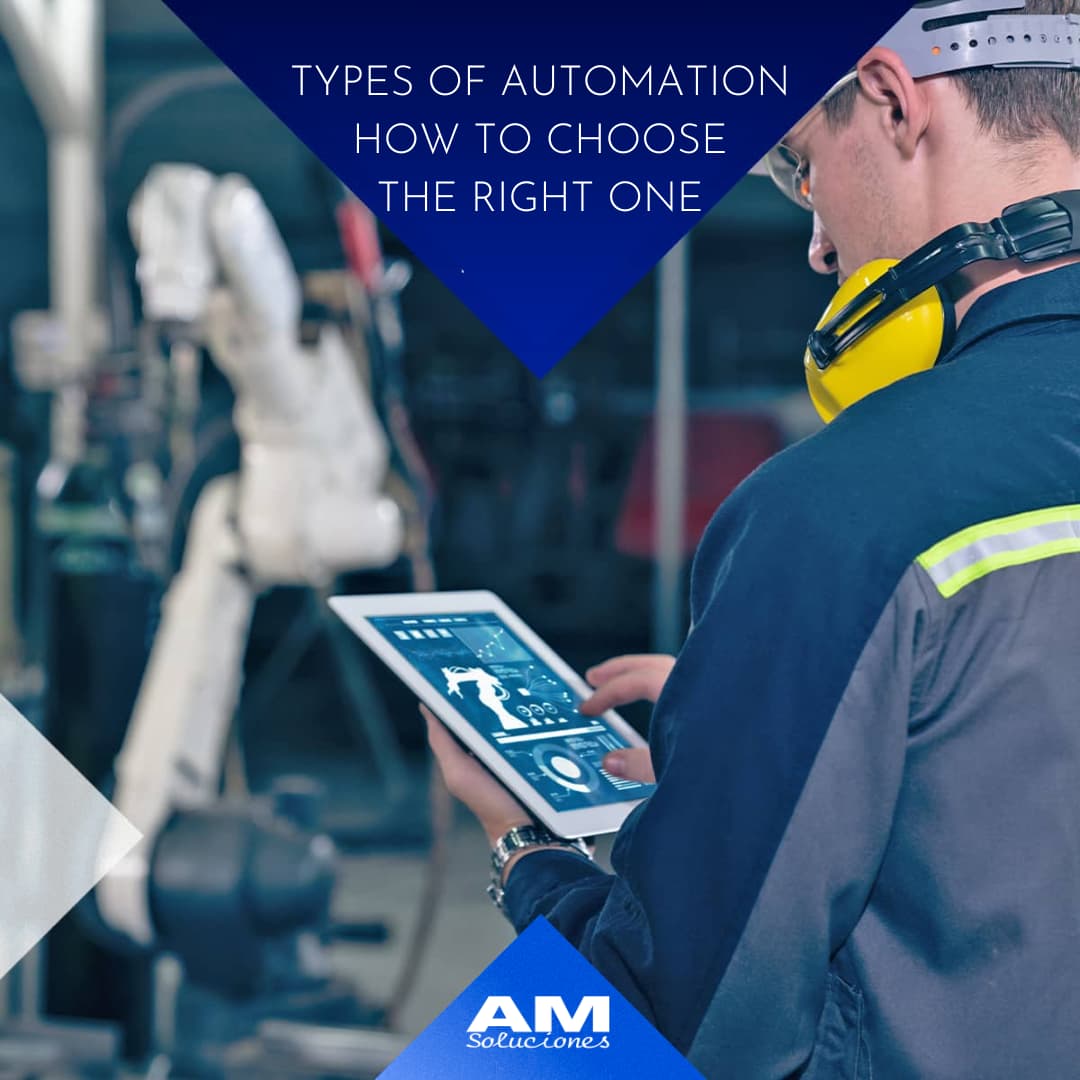
Automation is a valuable tool for any business, saving time and resources while improving efficiency and productivity. However, with so many industrial automation options on the market, choosing the right one for your business can be challenging. Here's a description of the most common types of automation and how to choose the right one for your business.
Business Process Automation (BPA) is a technique used to optimize internal business processes and improve their efficiency. BPA involves automating repetitive tasks and optimizing workflows through the use of specialized software.
BPA focuses on identifying and eliminating unnecessary processes and optimizing key processes to ensure greater efficiency and productivity. For example, BPA can be used to automate tasks such as document management, information management, and automating repetitive tasks, allowing employees to focus on more important and valuable tasks.
In addition to increasing efficiency, BPA can also help reduce human error and improve process accuracy, which can lead to improved quality of customer service.
In summary, business process automation is a valuable tool for any business looking to improve its efficiency in productivity and quality of customer service.
PLC (Programmable Logic Controller) programming is used in the automation of industrial processes. The main goal of PLC programming is to create a control program that allows a machine or process to run automatically.
Through the programming of a PLC, a set of instructions or orders is generated that cause the execution or start-up of the task to be carried out. It is also possible to monitor at the same time the industrial processes that are being carried out at that specific moment.
PLC programming can be used to control machines, production chains or process plants. In addition, PLC programming produces savings in project time and labor; several machines can be controlled at the same time to perform different tasks; and greater productivity is obtained by being able to correct errors instantly.
Robotic automation refers to the use of robots in business processes to automate repetitive tasks and improve efficiency and effectiveness. Robotic automation can be used in a wide variety of applications, from manufacturing to logistics and customer service.
Industrial robots are commonly used in industry to automate repetitive tasks such as product assembly, packaging, and material handling. These robots can be programmed to perform precise and repetitive tasks with speed and precision far greater than that of a human being.
In addition to industrial robots, there are also service robots and software robots that can be used in business to automate tasks such as customer service, information processing, and project management.
Overall, industrial robotics can offer a host of benefits to businesses, including increased efficiency, reduced costs, improved quality, and greater flexibility in production. However, it is also important to consider the challenges associated with deploying robots, such as the need for proper education and training for workers and the potential for the technology to quickly become outdated.
Mechanical Design with SolidWorks is a 3D modeling tool used in mechanical engineering to create and analyze mechanical components and systems. SolidWorks is one of the most popular and widely used mechanical design tools for achieving industrial solutions. The mechanical design is the one that allows to carry out the ideas and improvements in machinery to cover the needs of the market.
SolidWorks provides easy-to-use design software and valuable tools for engineers and designers, allowing them to take ownership of the entire product development process, making sure it's right before it's built.
One of the most important advantages of the mechanical design process is that it does not give a single invariable solution, but rather it becomes a personalized design that will adapt to the limitations and real needs presented in each case.
EPLAN is one of the world's leading design software solutions for manufacturers of machines, plants and control cabinets. It is a specific program for Electrical Engineering assisted by computer, which is known as a CAE. EPlan enables engineers to create electrical circuit designs in a digital environment, helping to reduce design times and increase design accuracy.
Once the design has been created, EPlan provides tools for design verification, such as continuity analysis, error detection, and design optimization. EPlan also provides tools for generating design reports, including bills of material, wire lists, and connection lists. With Eplan we can structure the projects in a way that facilitates the coordination of the different processes, increasing the degree of automation and standardization.
The advantages we get from using EPlan are:
And with this program we get:
If you are thinking of implementing EPlan in your technical office, likewise, at AM Soluciones we help you in the implementation process so that you focus and develop what you really need.
Choosing the right form of one of these types of automation for your business depends on several factors, including your business goals, your resources, and your specific needs. Here are some points to consider when choosing the right automation for your business:
Choosing the right automation for your business requires a careful evaluation of your goals, processes, resources, and specific needs. By doing extensive research and trying different solutions, you can find the industrial automation that best suits your needs and allows you to achieve your business goals.